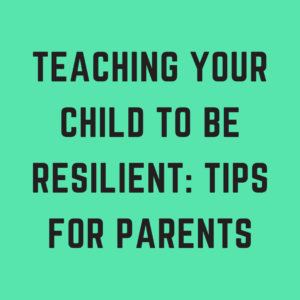Setting goals is an important part of building confidence and achieving success in life. When children learn how to set and achieve goals, they develop a sense of accomplishment and self-efficacy, which can help boost their confidence and self-esteem.
In this blog post, we will provide a step-by-step guide to helping your child set goals and boost their confidence.
Step 1: Start with a discussion
The first step in helping your child set goals is to have a discussion about what they want to achieve. Ask your child what they would like to accomplish, and listen to their ideas.
Encourage them to think about both short-term and long-term goals, and discuss the steps they will need to take to achieve those goals.
Step 2: Help your child define their goals
Once you have had a discussion with your child, help them define their goals in more detail. Encourage them to be specific and make their goals measurable.
For example, instead of saying “I want to get better at math,” they could say “I want to improve my math grade from a B to an A.”
Step 3: Set realistic and achievable goals
It is important to set goals that are realistic and achievable. Encourage your child to set goals that are challenging but attainable. This will help them build confidence as they make progress toward their goals.
Step 4: Break goals down into smaller steps
Breaking goals down into smaller steps can make them feel more manageable and achievable. Help your child identify the specific steps they will need to take to achieve their goals. This can also help them stay motivated and focused on their progress.
Step 5: Create a plan
Once your child has identified their goals and the steps they need to take to achieve them, help them create a plan. This plan should include specific actions they will take to achieve their goals, as well as a timeline for when they will take those actions.
Step 6: Monitor progress
Monitoring progress is important to help your child stay on track and motivated. Encourage your child to keep track of their progress and celebrate their successes along the way.
If they experience setbacks, help them to problem-solve and identify ways to overcome obstacles.
Step 7: Adjust goals and plans as needed
Sometimes goals and plans need to be adjusted as circumstances change. Encourage your child to be flexible and adaptable, and to adjust their goals and plans as needed.
Tips for Helping Your Child Set Goals
Here are some additional tips for helping your child set goals and boost their confidence:
Encourage independence: Give your child the space to set their own goals and come up with their own plans. This can help them feel more ownership over their goals and increase their sense of self-efficacy.
Use positive reinforcement: Encourage and praise your child’s efforts and progress toward their goals. This can help boost their confidence and motivation.
Focus on process over outcome: Encourage your child to focus on the process of achieving their goals, rather than just the outcome. This can help them develop a growth mindset and stay motivated even if they encounter setbacks.
Be a role model: Set goals for yourself and share your own experiences with your child. This can help them see the value of setting and achieving goals.
Conclusion
Helping your child set goals is an important step in building their confidence and sense of self-efficacy. By starting with a discussion, defining goals, setting realistic and achievable goals, breaking goals down into smaller steps, creating a plan, monitoring progress, and adjusting goals and plans as needed, you can help your child achieve success and boost their confidence.
Encourage independence, use positive reinforcement, focus on process over outcome, and be a role model to help your child develop a growth mindset and achieve their goals.






